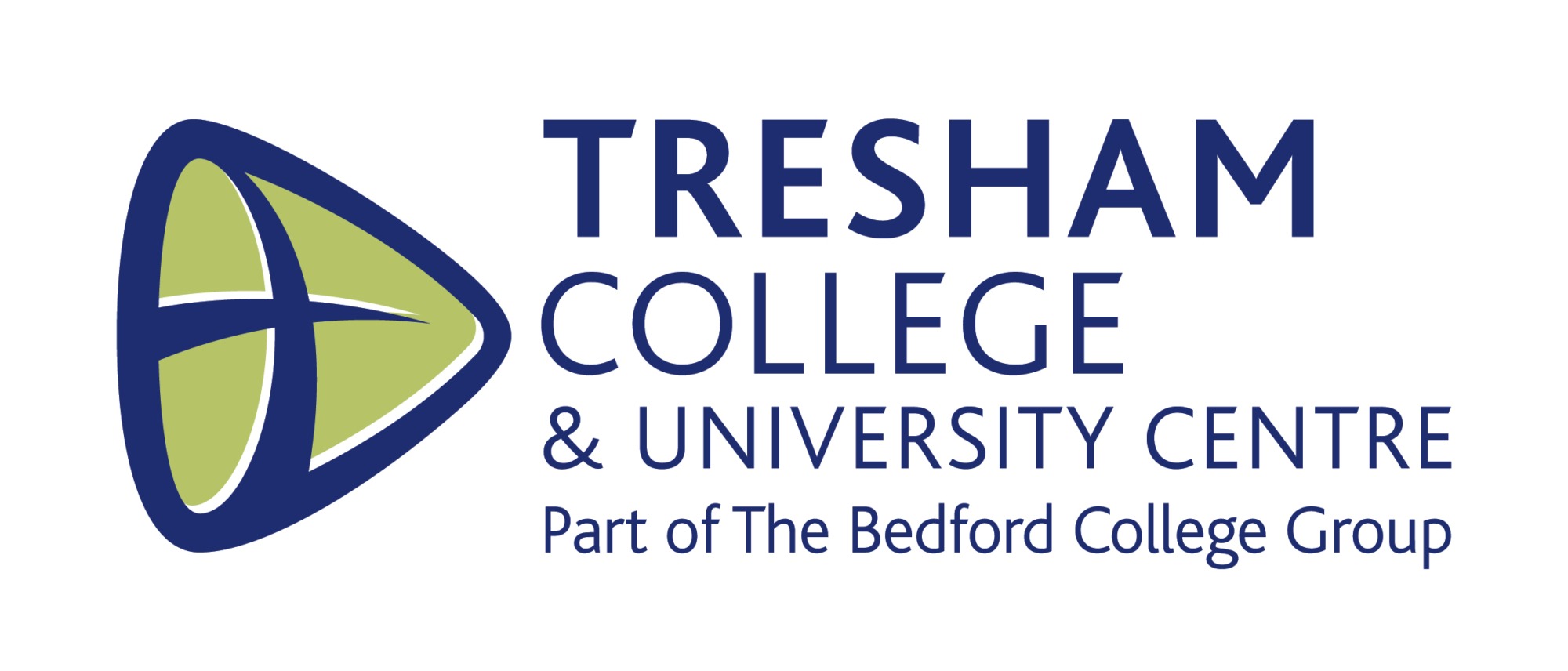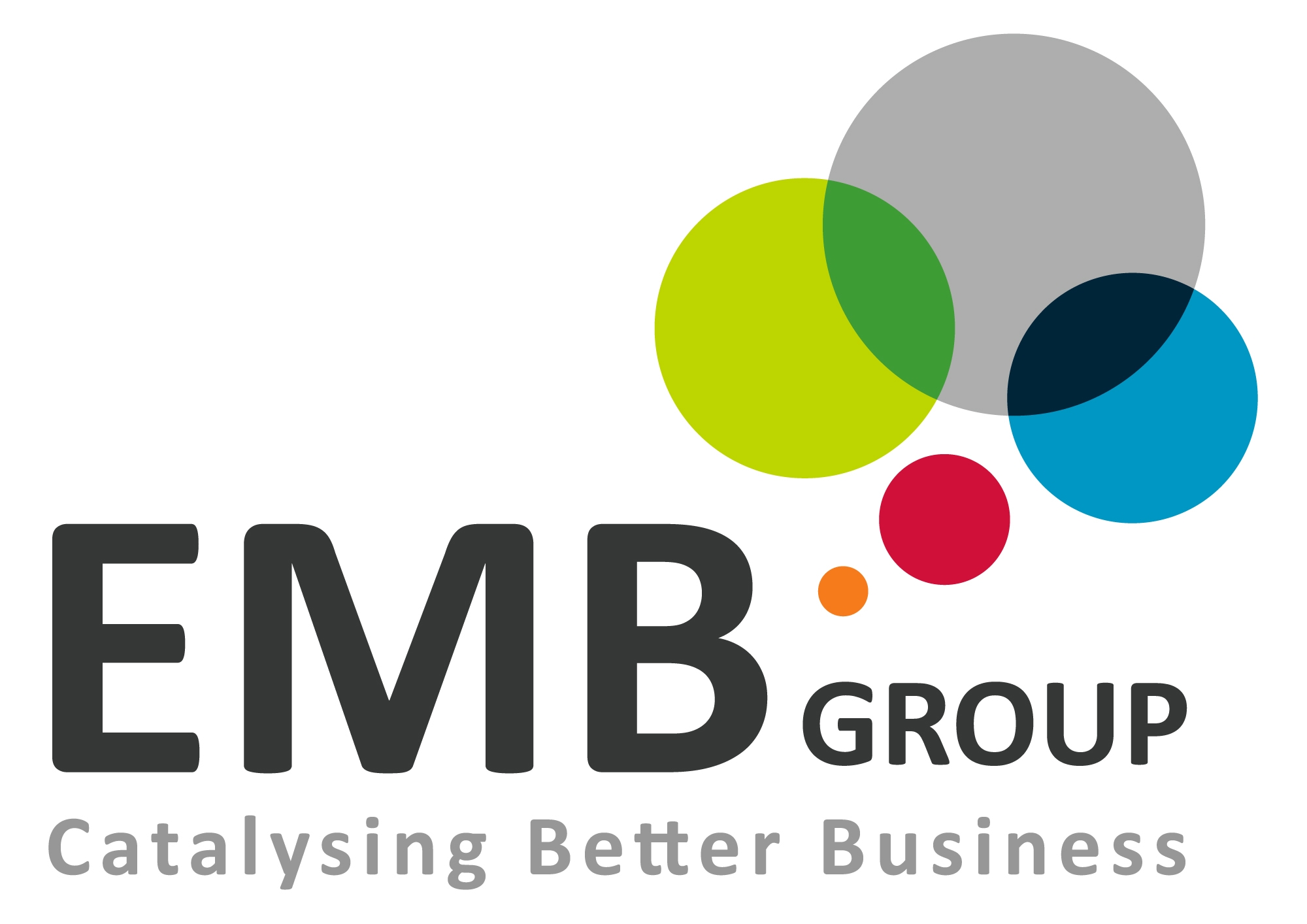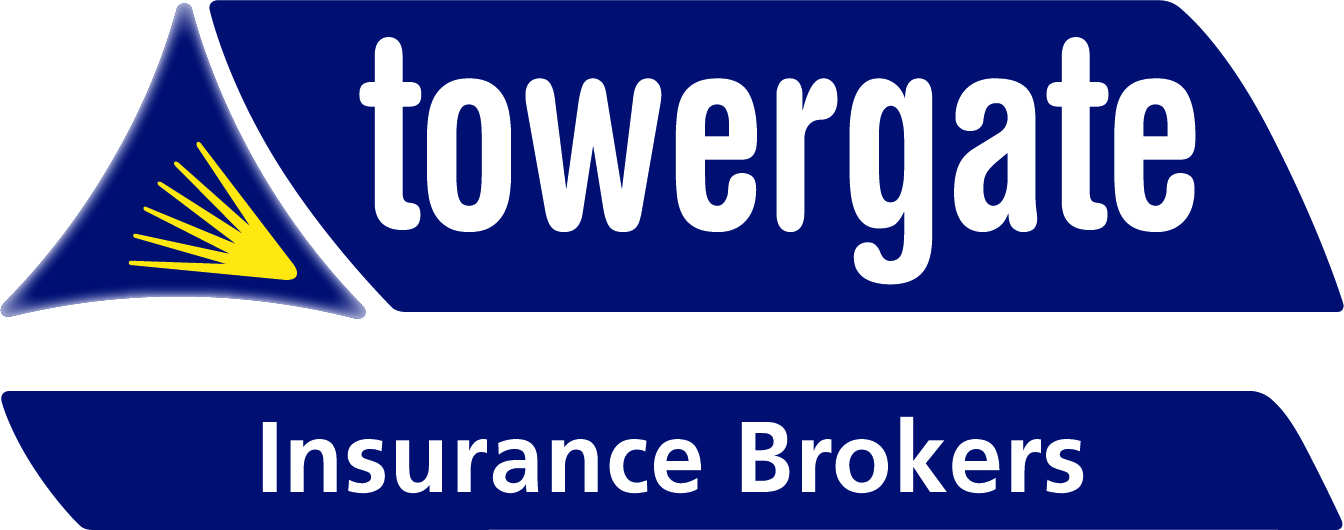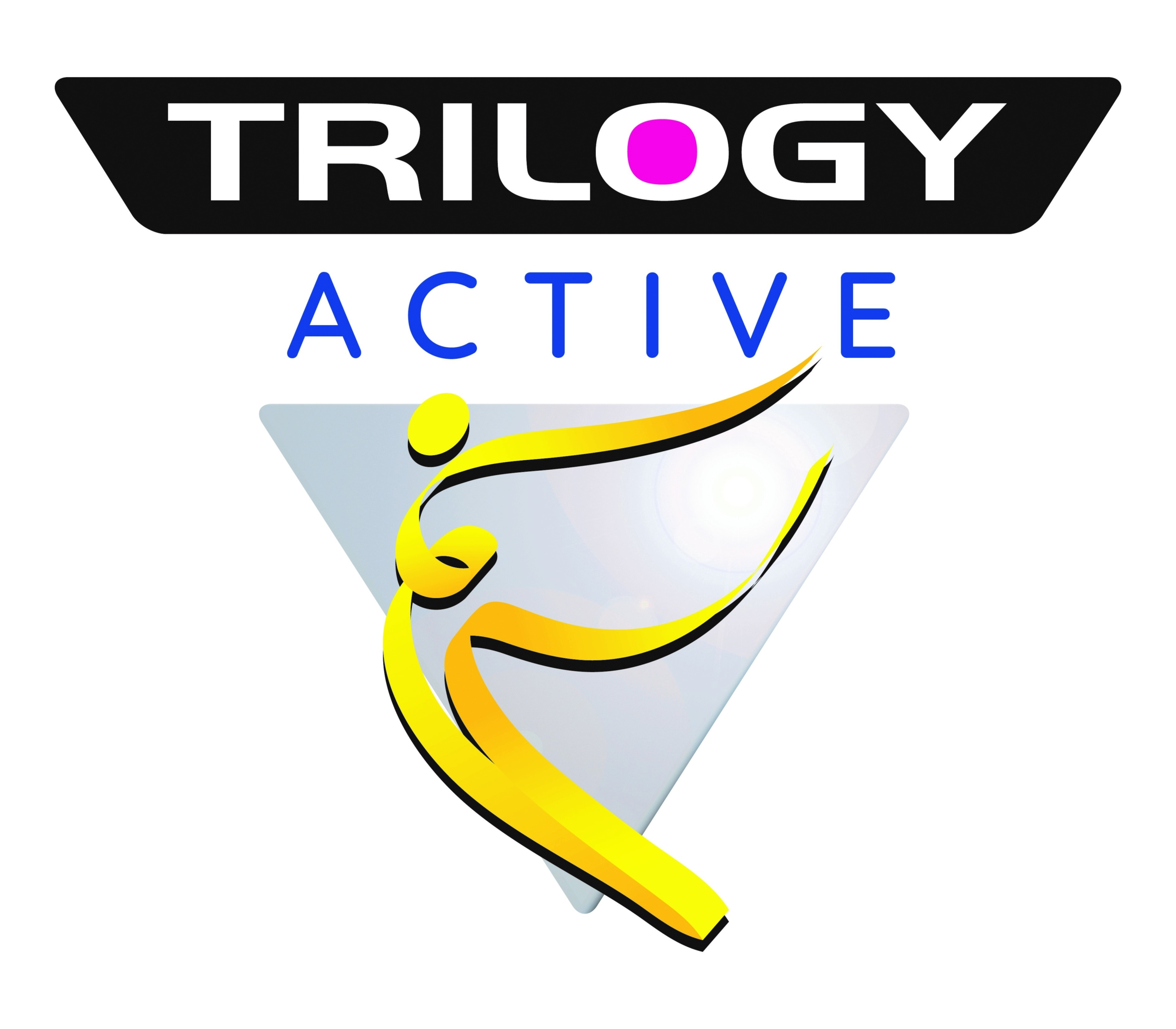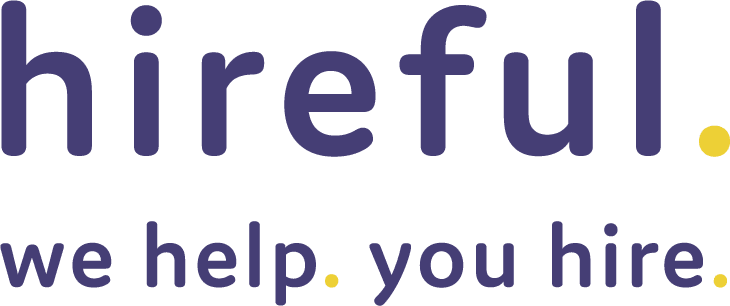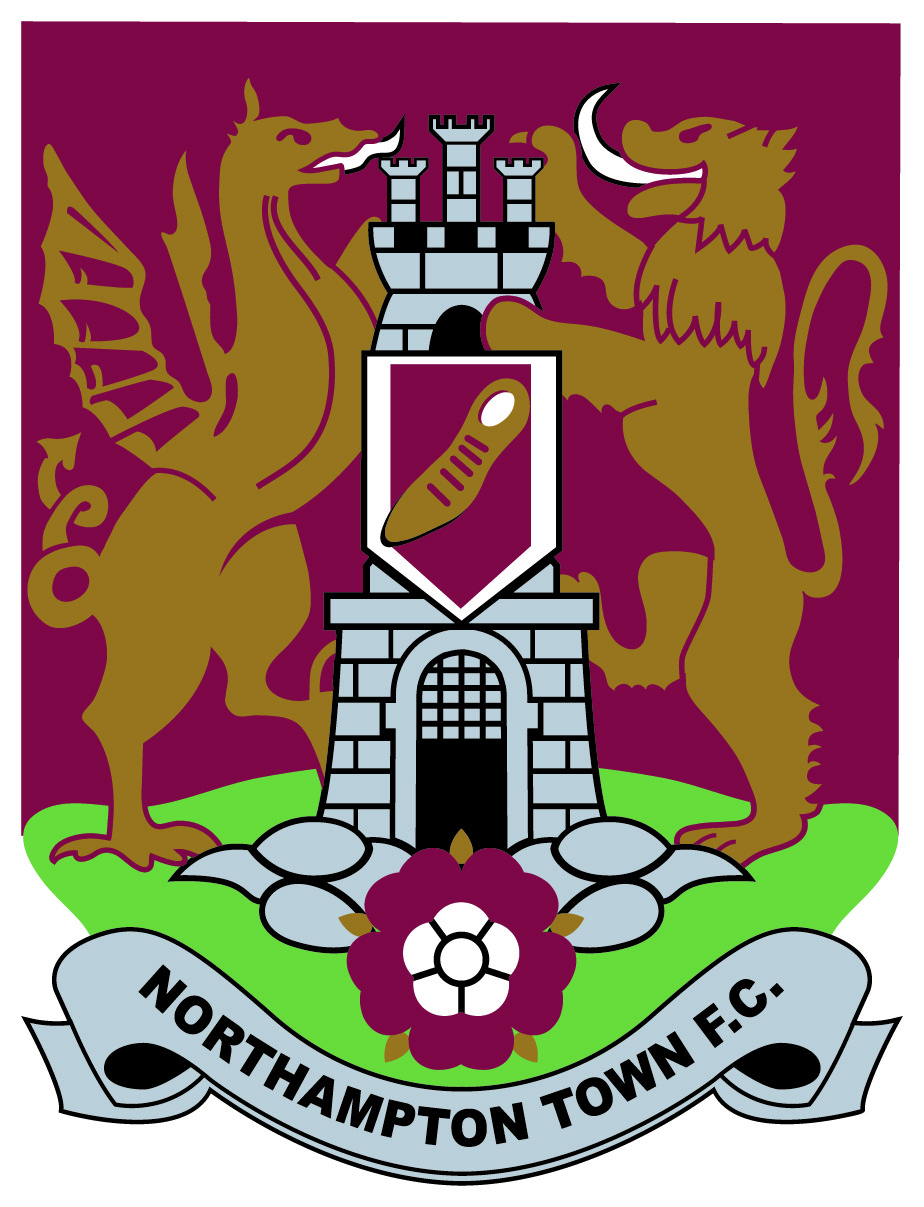

TWELVE REASONS TO BOOST YOUR PENSIONS BEFORE 5TH APRIL
Blogs
Pension funding has always presented an opportunity to make the most of allowances and other tax breaks offered at the end of the tax year but this year there are some new funding opportunities to consider.
Specifically, the Lifetime Allowance tax charge has been scrapped, resulting in significant changes in pension funding. In addition to the increase in the annual allowance, a greater number of people will be able to contribute.
Below is a checklist of discussion points that may prompt you to take action before the 5th of April.
Amount of annual allowance
For the current tax year, the annual allowance is £60,000, up £20,000 from last year. If you have earnings that exceed the higher rate or additional rate tax thresholds you may be able to pay more into pensions, thereby reducing your tax bill.
Since 2021, the personal allowance and basic rate tax bands have been frozen and the additional rate tax threshold has been lowered from £150,000 to just £125,140. With the freeze expected to last until 2028, more individuals will be dragged into higher rate tax bands as earnings increase. By paying a pension contribution, you will extend both the basic rate and higher rate tax bands.
Carrying forward the Annual Allowance
A maximum contribution of £180,000 is allowed for those who took a break from pension funding because of the increase in this tax year’s annual allowance plus any unused allowance carried forward from the previous three tax years. In order to be eligible for full tax relief on individual contributions, you must have enough ‘UK relevant earnings’ in the current tax year
There are no Lifetime Allowance tax charges
When funds are crystallised, there are no longer any Lifetime Allowance (LTA) tax charges so clients if you have slowed down your pension savings you may want to resume them.
Pensions are still a great way to save, regardless of whether your existing benefits exceed the tax free lump sum allowance. If the tax relief on contributions received mirrors the tax payable when benefits are taken, it is tax neutral but, of course, the pension pot will generally be free of IHT and will still enjoy investment returns free of Income Tax and Capital Gains Tax – basically a pseudo IHT-free ISA.
You will only be worse off if your tax position in retirement is higher than the tax relief on contributions – for example, if you withdraw all the benefits at once.
Individuals who have protection elections
Those of you with enhanced or fixed protection stopped paying into your pensions years ago to maintain a higher LTA. Since there is no longer an LTA tax charge, the protections will only apply to tax-free cash and will not be lost by making new contributions, provided that they were in place as at 15 March 2023 and had not been lost or revoked before 6 April 2023. Because you haven’t contributed in the last few years, you can contribute up to £180,000 using carry forward of unused relief, provided you have enough earnings to justify a contribution.
Lump sum and death benefit allowances and enhanced protection
On 5 April 2024, individuals with enhanced protection will have their lump sum and death benefit allowances (LSDBAs) limited to the value of their uncrystallised rights. This means you have one more opportunity to boost your LSDBA by paying a contribution of up to £180,000 using carry forward before the new tax year since you can recommence pension funding since 6 April 2023 without losing your protection.
The tapered annual allowance and adjusted income limits have been increased
As a result, fewer individuals will be subject to a tapered annual allowance this tax year since the adjusted income limit increased by £20,000 to £260,000. The minimum annual allowance has also been raised to £10,000 (previously £4,000) for those with earnings over £360,000. Both allow for larger contributions. To determine if the threshold income (TI) limit has been exceeded, any personal contributions will be deducted from income. If the result is below the TI, then there will be no tapering and the full annual allowance will be available.
Money purchase annual allowance
This tax year, the Money Purchase Annual Allowance MPAA increased from £4,000 to £10,000. In this way, individuals who have retired and started receiving pension income but have returned to part-time work may have an additional headroom to pay in. Those of you considering retirement, but who haven’t yet triggered the MPAA, can boost youir pension savings by using the full annual allowance and any unused allowances.
Bonus sacrifice
A business’s year end often coincides with the tax year end, which could mean a bonus payment for some employees. There are several advantages to ‘exchanging’ a bonus for an employer pension contribution before the end of the tax year.
For every £1 lost from take-home pay, employer and employee NI savings could be used to boost pension funding.
Business owners
This year, the main Corporation Tax rate has risen to 25% from 19%. Profits over £250,000 and paying at the main rate will therefore benefit from more tax relief this year – some may have delayed funding last year as a result. Profits between £50,000 and £250,000 will not be taxed at the full 25% rate, but they will still receive more tax relief.
Directors often take a large portion of their profits as dividends. Last year, dividend rates increased, but they are still lower than income tax rates. Profits after Corporation Tax are used to pay dividends. As a result, employer pension contributions with full Corporation Tax relief can be economically advantageous instead.
The self-employed
From April 2024, self-employed profits will be aligned with tax years. Profits have been assessed based on the annual profits in the business year ending in the tax year. As this is a transitional year, taxable profits could be based on an extended period, but provisions allow these ‘extra’ profits to be spread over the next five years to avoid a heavy tax bill this year. Self-employed individuals with business years ending on 30 April, for example, would have been taxed on their profits for the 12 months prior to 30 April 2022. Profits made in the year to 30 April 2023 plus profits made between May 2023 and 5 April 2024 will be taxed this year.
The extra profits could still result in an increase in pensionable earnings even if taxed over five years. The additional tax liability could be reduced by boosting savings and increasing pension contributions.
Retaining the personal allowance and child benefit
Since personal contributions are considered deductions from earnings, they can help recover personal allowance and child benefit. Every £2 of earnings over £100,000 (specifically ‘adjusted net income’ or ANI) reduces the personal allowance by £1. For every £100 of ANI over £50,000, child benefit is eroded by 1% for the highest earner in a household.
Planning for couples that is tax-efficient
When contributing as a couple, consider maximising tax relief at higher rates for both of you, rather than paying contributions that will only qualify for basic rate tax relief. There are many people who don’t know they can top up their partners’ pensions – and not just by £3,600, but up to their partner’s earnings. In this case, tax relief will be granted at the marginal tax rate of the partner.
A brief summary
For most people, pensions are the most tax-efficient retirement savings option. During your working life, a portion of the benefits can be taken as tax-free cash and overall returns can also be augmented by tax relief during retirement that is higher than when income is withdrawn.
Effective tax planning takes place all year long. However, you can only use allowances and tax reliefs in an efficient manner at the end of the tax year. In most cases, allowances that are not used before the end of the tax year will be lost altogether.
So do boost your pensions before 5th April if you can. You know it makes sense.*
*RISK WARNING
The Financial Conduct Authority does not regulate tax advice. The value of investments can fall as well as rise. You may not get back what you invest. The information contained within this article is for guidance only and does not constitute advice which should be sought before taking any action or inaction. All information is based on our current understanding of taxation, legislation, regulations and case law in the current tax year. Any levels and bases of relief from taxation are subject to change. Tax treatment is based on individual circumstances and may be subject to change in the future. This blog is based on my own observations and opinions.
Tony Byrne
Chartered and Certified Financial Planner
Managing Director of Wealth and Tax Management
If you are looking for expert guidance in Financial Planning contact Wealth and Tax Management on 01908 523740 or email wealth@wealthandtax.co.uk




